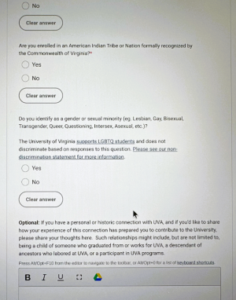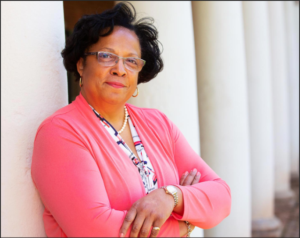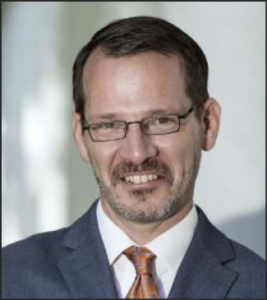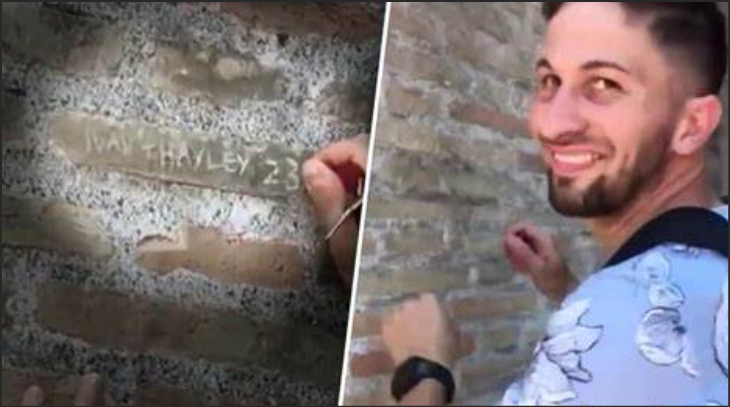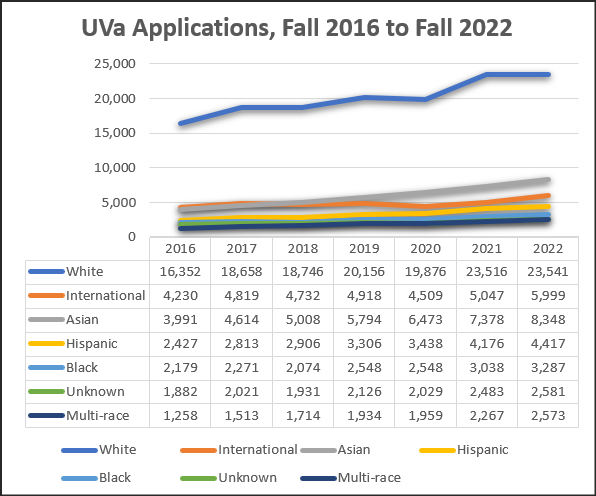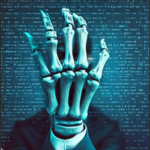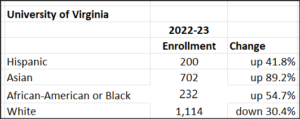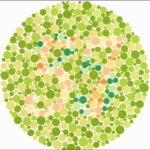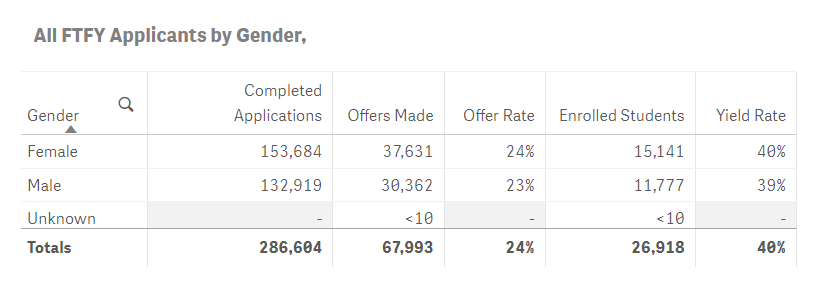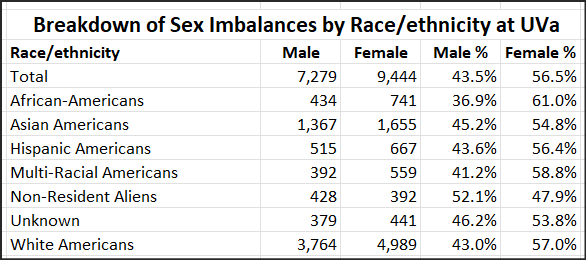The fun never ends in the People’s Republic of Charlottesville. Rather than subject readers to excessive content about the University of Virginia, I’ll boil the latest two stories down to their essence and provide links for those who wish to read more.
The Curious Case of the Missing Podcasts. Walter Smith delves into the 2019 launch of the University of Virginia’s Woodson Institute series of podcasts reinterpreting Thomas Jefferson. UVa rolled out the program with great fanfare. Unsurprisingly, the “reinterpretation” was uniformly negative toward the university’s founder. But only two of the planned six recordings were produced. The series was canceled without explanation, and the two podcasts and accompanying features were buried deep in the Woodson Institute’s website where, for all purposes, they are inaccessible. What happened? Smith makes a powerful case that the decision had to have come from high up in the UVa hierarchy.
Student Veterans Are Up in Arms. UVa President Jim Ryan insists that he supports “all dimensions” of diversity at Thomas Jefferson’s university, extending beyond race, gender, and sexual orientation to religion, political beliefs, geography, socioeconomic status and even veteran status. But UVa’s student veteran organization isn’t feeling very welcome at the moment. It seems that the Office of Student Affairs has unilaterally co-opted space at the Veterans Students Center to create an office for an assistant dean of student affairs. The veterans’ pleas to Ryan and former Dean Robyn Hadley have gone unanswered. Frustrated, they have organized a petition to seek redress.
— JAB

